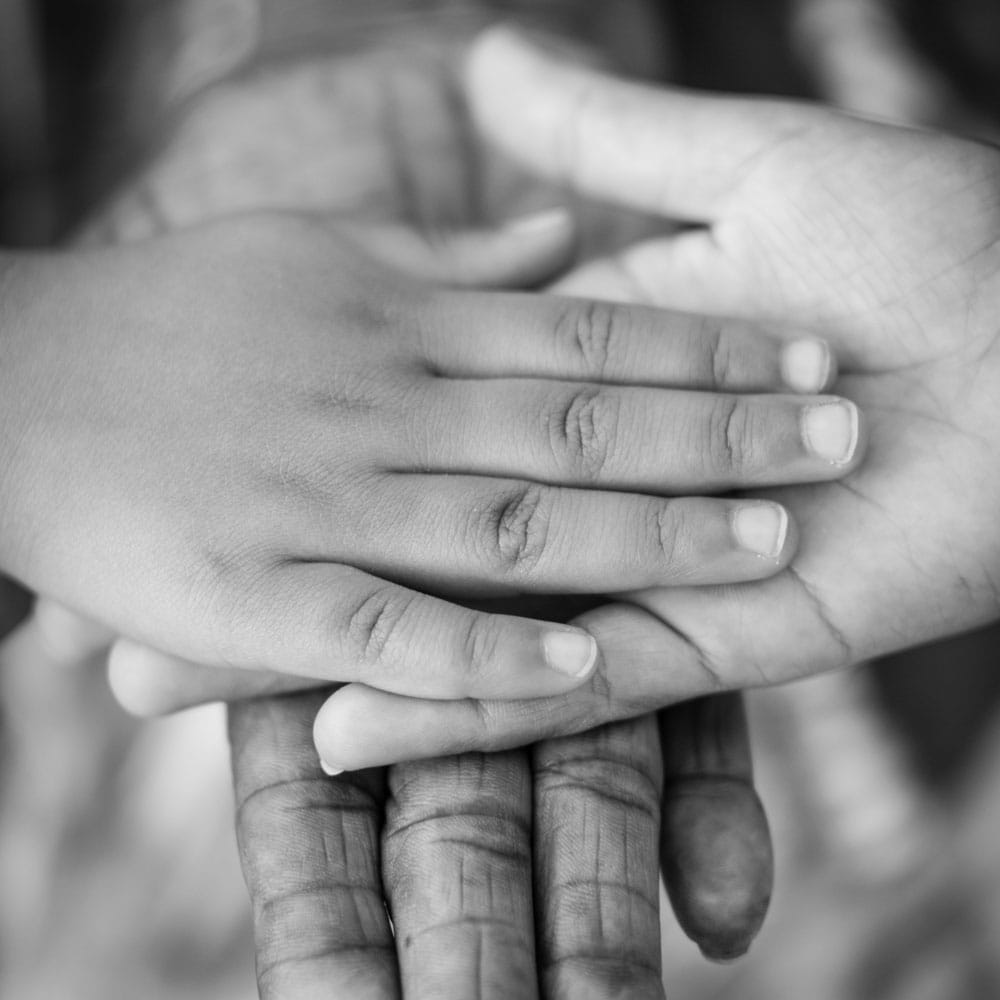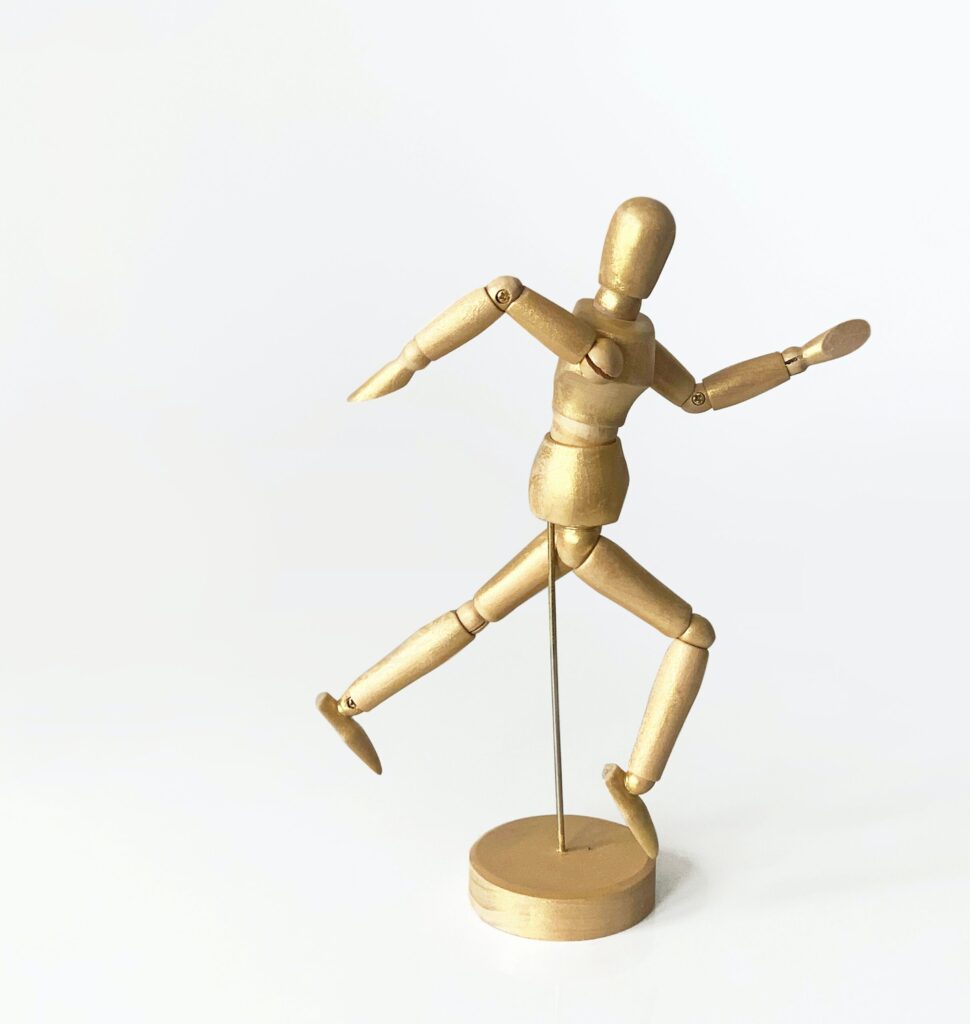Three Focuses for Effective Solo Practice
Even if you’re part of a vibrant school or club and have lots of training partners to practice with, keeping a daily rhythm is an essential part of the path of mastery. That means you’re going to have a lot of solo training occasions to fill. Most partner drills don’t effectively translate into a solitary analog, so here’s some guidance to help you make the most of your alone time.
Focus On Mechanics
Human bodies are amazingly adaptable organisms. The more that you perform a given movement, the more that your body develops the specific strength to be able to do that movement efficiently and reliably. Home practice can be an excellent place to work on fine tuning your postures and movements. A few types of exercises to work on:
Holding postures. Take a guard and hold it for 1-2 minutes (and more as you become stronger). Focus on staying relaxed and in alignment. Holding a posture can help you develop both the endurance required to maintain the posture as well as increase your range of motion. Consider practicing postures that are both at the beginning and end of attacking movements.
Attacking movements. Cuts, thrusts, and other striking movements can be effectively trained alone. Focus on the correct order and alignment of the movement. There is absolutely room to practice at high speeds (great for getting some cardio and a plyometric workout), but also consider practicing incredibly slowly. This will allow you to develop your stabilizer muscles and your balance—both essential for healthy and powerful performance. I personally enjoy training cutting patterns to develop conditioning and dexterity.
Footwork. Being able to move powerfully and with agility is essential to all combat arts. I practice advancing and retreating footwork by moving two steps forward and one back until I reach the edge of my practice space, then I reverse. Another exercise is to practice specific footwork patterns that are important to your art with a timer. Consider spending time in front of a mirror while moving to give yourself an external eye on your body’s alignment while you move. Are you staying low and balanced? Do you hold your upper body correctly while you move your feet? Are you centred and balanced?
Symmetrical Development. Practice both right and left hands equally. This has huge benefits as far as strength, endurance and balance goes. It can also prevent one side of your body from getting too strong, pulling the other side out of alignment. I love the mental challenge of working my non-dominant side, and two useful hands to fence with is a good thing. It also has the bonus of potentially doubling your training time: now it’s easy to create a longer workout without adding more drills. One minute left, one minute right; or ten cuts left, ten cuts right, and so on.
What Not to Do. Don’t spend time practicing defenses or other types of tactical movements (i.e., those that alter significantly based on stimuli from an opponent) solo. Yes, you can build some strength and endurance. However, without having the feeling of an opponent and the complexity of their cue, you’re doing little to increase your combat effectiveness.
Develop Power and Stability
Cross-training in another athletic activity has been shown to have a lesser effect in improving performance in your main sport than simply focusing on your main sport’s training. That said, developing core strength and stability are a benefit to general physical activity and will help you with preventing injury.
Indian Clubs and Kettlebells. These two old-school exercise tools have seen a renaissance across the fitness sphere and we’ve found them to be a highly effective addition to a martial arts training regimen. Both activities are relatively low impact and can be effective for developing core strength, flexibility, and health in joints and connective tissue. I highly recommend seeking out a certified trainer to learn the core movements and how to integrate these into your training practice.
Weight Lifting and Power Lifting. A large part of effective martial movement is about power generation. Lifting is a discipline that is highly focused on this aspect of strength. A good starting point for learning more is the book Starting Strength by Mark Rippetoe.
What Not to Do. Rush. Connective tissue develops at a significantly slower rate than larger muscle groups. If you develop power faster than you develop connective stability, you’re going to tear tendons and worse. Take it slow. Developing a powerful body is a multi-year process, not something you’re going to accomplish over the summer.
Mobilize
Christopher Sommer, Head Coach of the US Jr. Gymnastics team, recommends that adults who have not been highly athletic throughout their lives spend as much as 50% of their workouts on developing range of motion and strength in connective tissue. This means half of their time should be spent on low impact exercises designed to promote stability in joints as well as lengthen shortened muscles and other tissues.
It may not be sexy or exciting, but increasing your range of motion will open up martial possibilities for you and make it possible for you train in a healthy and effective fashion for a long time. Check out Christopher Sommer’s Gymnastic Bodies or Kelly Starret’s MobilityWOD for excellent mobilization-based programs.
What Not to Do. Get bored by making training boring. There are many strategies you can use to keep on top of the less-sexy side of health. Put on good music, find a solo-training buddy, listen to a podcast, or use the time as part of a mindfulness practice. Schedule mobilization into your days—20 minutes can go a long way toward your long-term ability.
Some Inspiration
There are lots of great solo-training drills posted by practitioners from around the world online. We recently ran a “30 minutes per day” training challenge and as part of that, I posted a drill onto Duello.TV every day, specifically aimed at solo training. Check out the 30-for-30 playlist for some new inspiration for your at-home training. Enjoy!
And please take a moment to tell us about your ideas on Solo Training in the comments.
Devon



I can’t begin to say how much solo training figured into my Provost exam preparations. So essential.